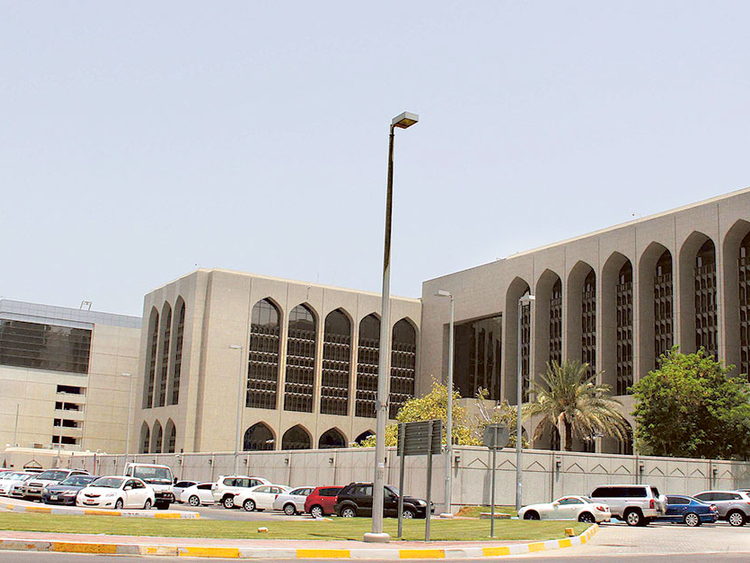Dubai: Increase in interest rates, combined with improving local economic growth, is expected to support the profitability of local banks through improved loan yields, bankers and analysts have said.
Last week, the Central Bank of the UAE raised interest rates on its certificates of deposit following the US Federal Reserve’s 25-basis-point increase to the federal funds rate. The central bank also announced that it had increased its repo rate by 25 basis points to 2 per cent.
Rating agency Moody’s sees the rate hike as credit positive for UAE banks because it will support their profitability by increasing net interest incomes. Last year, the net interest incomes of rated banks in the UAE accounted for around 69 per cent of their total net revenue of around $19 billion (Dh69.7 billion) during 2017 and is a key profitability driver.
“We expect that rising interest rates will support UAE banks’ interest margins through higher gross yields, as banks gradually reprice their loan books while wholesale funding costs stabilise amid firmer oil prices,” said Mik Kabeya, an analyst at Moody’s.
According to central bank data in January 2018, around 74 per cent of UAE banks’ loan books were predominantly composed of loans to corporate and government sectors as of December 2017, and those loans typically carry floating rates that are gradually reset at predetermined intervals.
Bankers expect that the revival in the local economy, supported by improving growth from both oil and non-oil sectors, will support a projected gross domestic product (GDP) growth of 3.5 per cent to 4 per cent in 2018 and 2019, respectively.
“We expect to see improved banking sector performance this year with 5-6 per cent loan growth, compared to about 4 per cent loan growth last year. Net profit growth should be better than last year due to improving asset quality and economic conditions,” said Abdul Aziz Al Ghurair, CEO of Mashreq Bank and chairman of the UAE Banks Federation.
Last year the UAE banking sector reported strong results with total assets surging 4 per cent to Dh2.7 trillion and an 8 per cent growth in combined profits to Dh38 billion. Return on assets for the UAE banks was 12.7 per cent and return on equity was 10.7 per cent.
Funding costs
A hike in policy rates translates into higher funding costs, somewhat adversely impacting margins. But improved liquidity in the banking sector and a favourable composition of funding, supporting faster repricing of loans compared to deposits, gives UAE banks an opportunity to improve their loan yields.
Funding costs for UAE banks have increased in recent years owing to a combination of lower oil prices and higher US rates. Oil price weakness during the 2015-17 period reduced the revenue of large bank depositors, including government-related entities and large corporates, thereby increasing the cost of wholesale deposits from such large depositors.
Firmer oil prices and international bond issuance over recent quarters have since helped stabilise funding conditions in the country. Banking sector liquidity remained strong last year with lending to stable resources ratio at 84 per cent. Capital adequacy stood at 18.1 per cent, 50 per cent higher than central bank requirements, thus meeting all regulatory requirements last year.
Analysts expect that the improvement in net interest income will vary from bank to bank, with lenders that have the highest proportion of corporate loans and the highest proportion of CASA [current and savings account] deposits benefiting the most. This is because corporate loans tend to be easier to reprice owing to their floating rates, while CASA deposits tend to be less price sensitive because of their transactional and operational nature.













